Recurrent Airway Obstruction (RAO) in Horses
Updated on 05/27/24
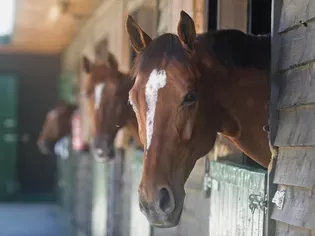
Title: Unraveling the Enigma of Recurrent Airway Obstruction in Horses: A Comprehensive Guide
Introduction:
Recurrent airway obstruction (RAO) is a prevalent respiratory condition in horses, characterized by chronic inflammation and narrowing of the lower airways. Understanding RAO's complexities is paramount for effective management and ensuring equine well-being. Embark on this comprehensive journey as we delve into the causes, symptoms, diagnosis, and treatment strategies for RAO in horses.
Causes:
* Allergic Reactions: Hypersensitivity to environmental allergens, such as pollen, mold spores, and dust, triggers inflammatory responses in the airways.
* Infections: Respiratory infections, particularly viral and bacterial, can damage the airway epithelium, leading to inflammation and obstruction.
* Genetic Predisposition: Certain breeds, such as Thoroughbreds and Warmbloods, exhibit a genetic predisposition to RAO.
* External Irritants: Exposure to smoke, fumes, or other airborne irritants can exacerbate airway inflammation.
Symptoms:
* Chronic Cough: A persistent cough is a hallmark symptom of RAO, often accompanied by a guttural sound.
* Dyspnea: Difficulty breathing, including wheezing and labored respiration, indicates airway obstruction.
* Nasal Discharge: Horses with RAO may exhibit a clear or mucopurulent nasal discharge.
* Exercise Intolerance: Affected horses may experience decreased athletic performance due to impaired airflow.
* Weight Loss: Chronic inflammation can lead to decreased appetite and weight loss.
Diagnosis:
* Physical Examination: A thorough examination by a veterinarian can assess the horse's respiratory system and identify signs of RAO.
* Auscultation: Using a stethoscope, a veterinarian can listen to the lungs for wheezing or crackling sounds indicative of airway obstruction.
* Endoscopy: A small camera inserted into the airways allows for direct visualization of airway abnormalities.
* Allergy Testing: Skin or blood tests can identify specific allergens that trigger RAO in the horse.
Treatment Strategies:
* Environmental Management: Minimizing exposure to allergens and irritants by providing clean stalls, avoiding dusty environments, and using air purifiers.
* Allergy Immunotherapy: Gradually exposing the horse to small amounts of the allergen over time to desensitize them and reduce allergic reactions.
* Bronchodilators: Medications that relax the muscles surrounding the airways to improve airflow.
* Anti-Inflammatories: Corticosteroids or other anti-inflammatory medications help reduce inflammation in the airways.
* Surgery: In severe cases, surgery may be necessary to remove damaged or obstructed portions of the airways.
Example Cases:
* Case 1: A 10-year-old Thoroughbred mare presented with a chronic cough and nasal discharge. Endoscopy revealed inflamed and obstructed airways. Allergy testing identified a hypersensitivity to pollen, which was managed through immunotherapy.
* Case 2: A 5-year-old Warmblood gelding experienced episodes of dyspnea and exercise intolerance. Chest X-rays showed evidence of airway inflammation. Bronchodilators and anti-inflammatories improved his breathing and athletic performance.
* Case 3: A 7-year-old Quarter Horse stallion with a history of severe RAO underwent surgery to remove a large mass obstructing the left main airway. The surgery restored normal airflow and alleviated the horse's respiratory distress.
Conclusion:
Recurrent airway obstruction in horses is a complex condition that requires careful diagnosis and tailored treatment. By understanding the underlying causes, recognizing the symptoms, and implementing appropriate management strategies, we can effectively manage RAO and ensure the optimal health and well-being of our equine companions.
Additional Tips for Preventing and Managing RAO:
* Regular deworming to prevent parasitic infections that can contribute to airway inflammation.
* Vaccination against respiratory viruses and bacteria to minimize the risk of infections triggering RAO.
* Maintaining a healthy weight to reduce the strain on the respiratory system.
* Providing ample turnout time in clean pastures to allow for exercise and reduce exposure to allergens.
Explore More Pets

Pony Breeds
The Difference Between Horses and Ponies

Horse Diseases & Conditions
What Do I Do If My Horse Colics?
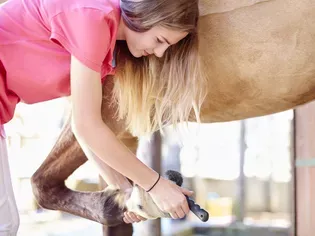
Pony Breeds
Horse and Pony Care by the Day, Week, Month and Year
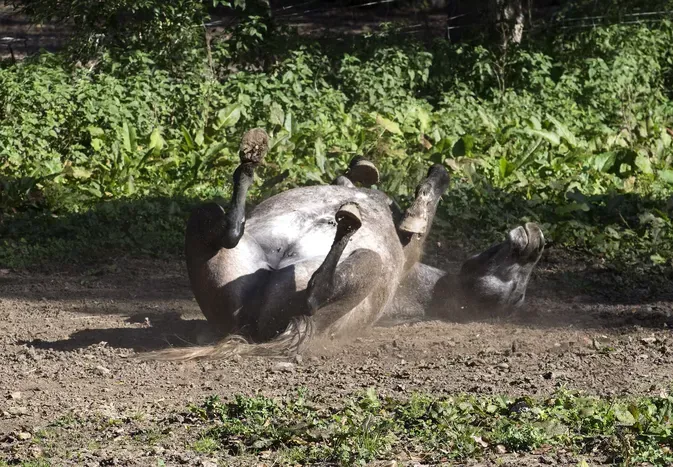
Horse Grooming
Mange in Horses
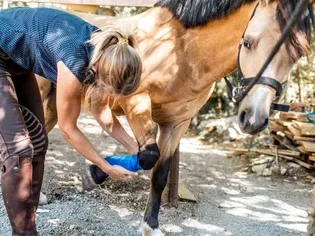
Horse Diseases & Conditions
Grease Heel in Horses

Light Horse Breeds
Gypsy Vanner Horse Breed Profile
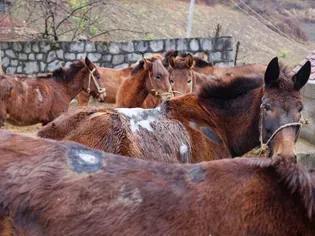
Horse Diseases & Conditions
Girth Galls and Saddle Sores
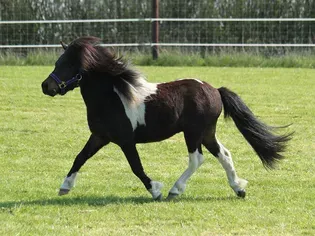
Pony Breeds
Shetland Pony Breed Profile
